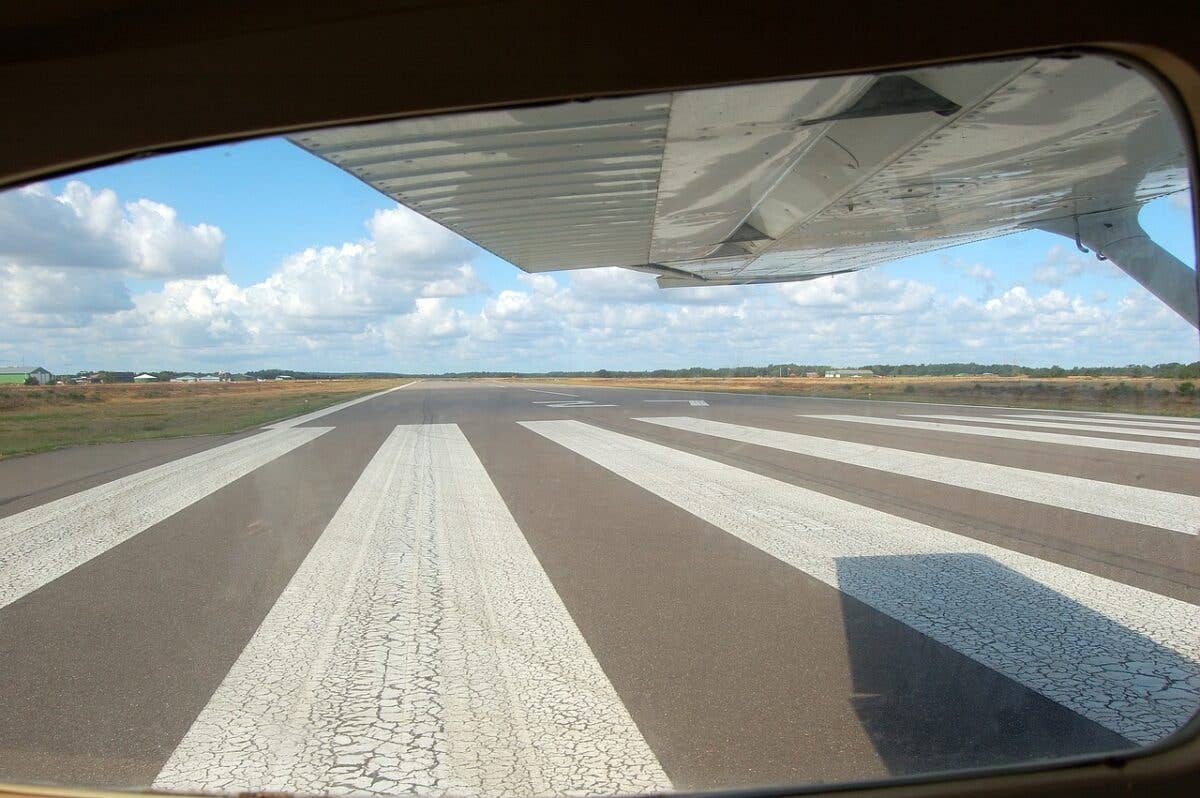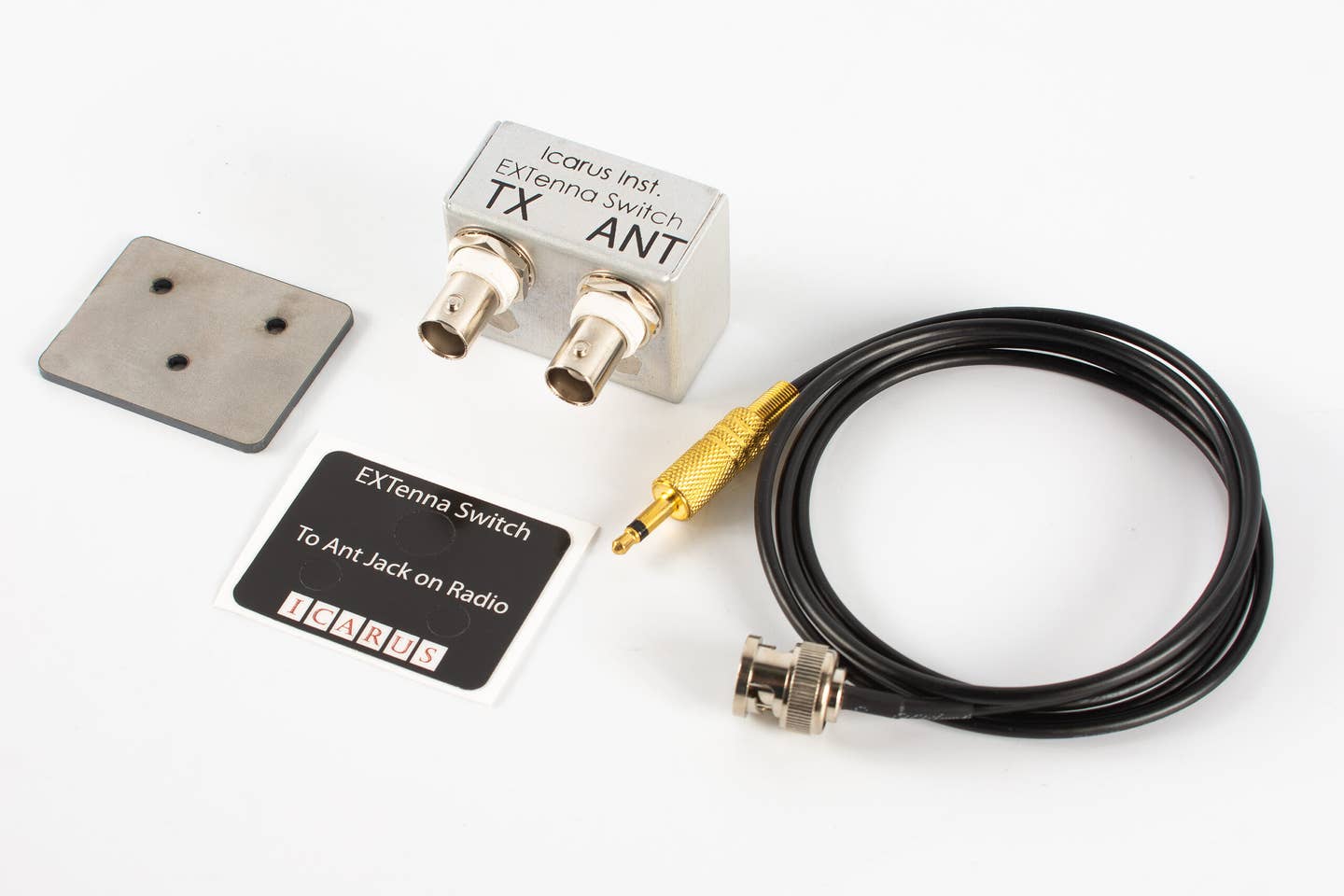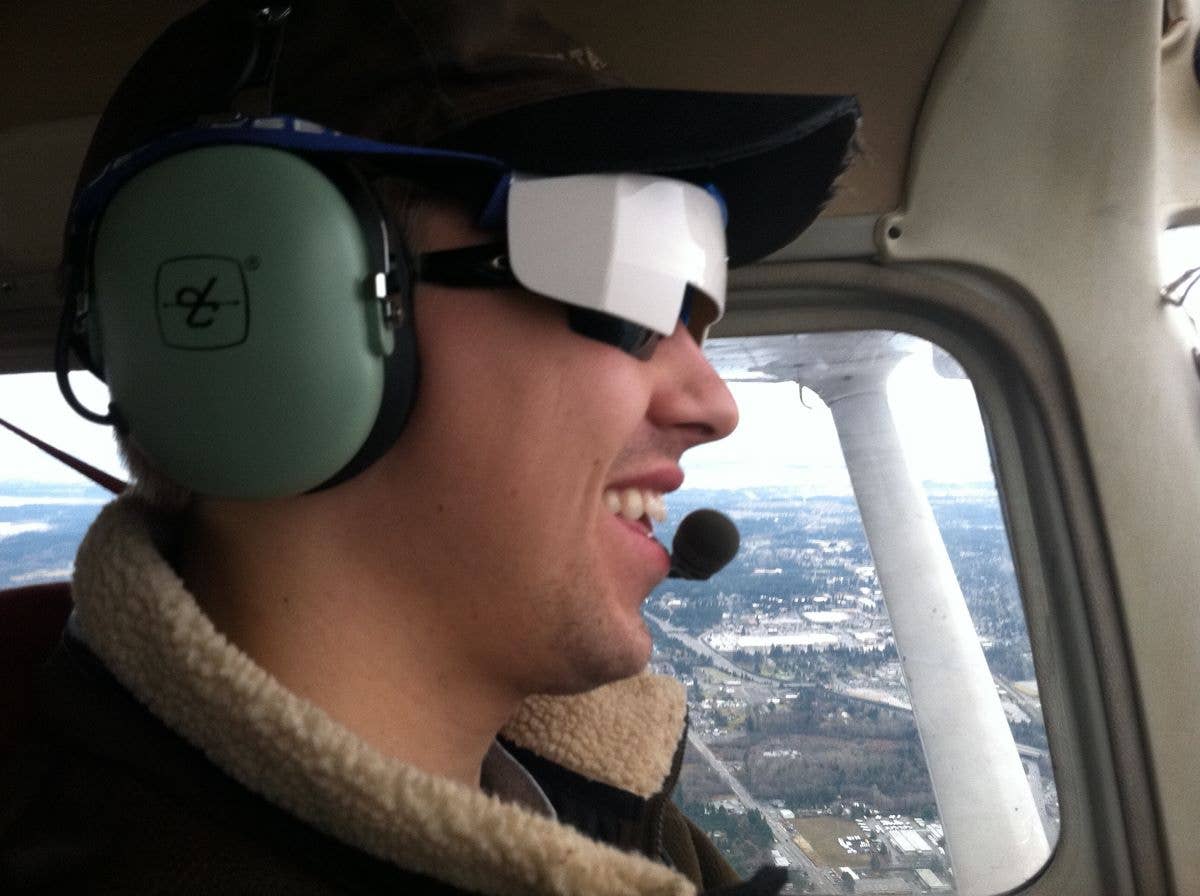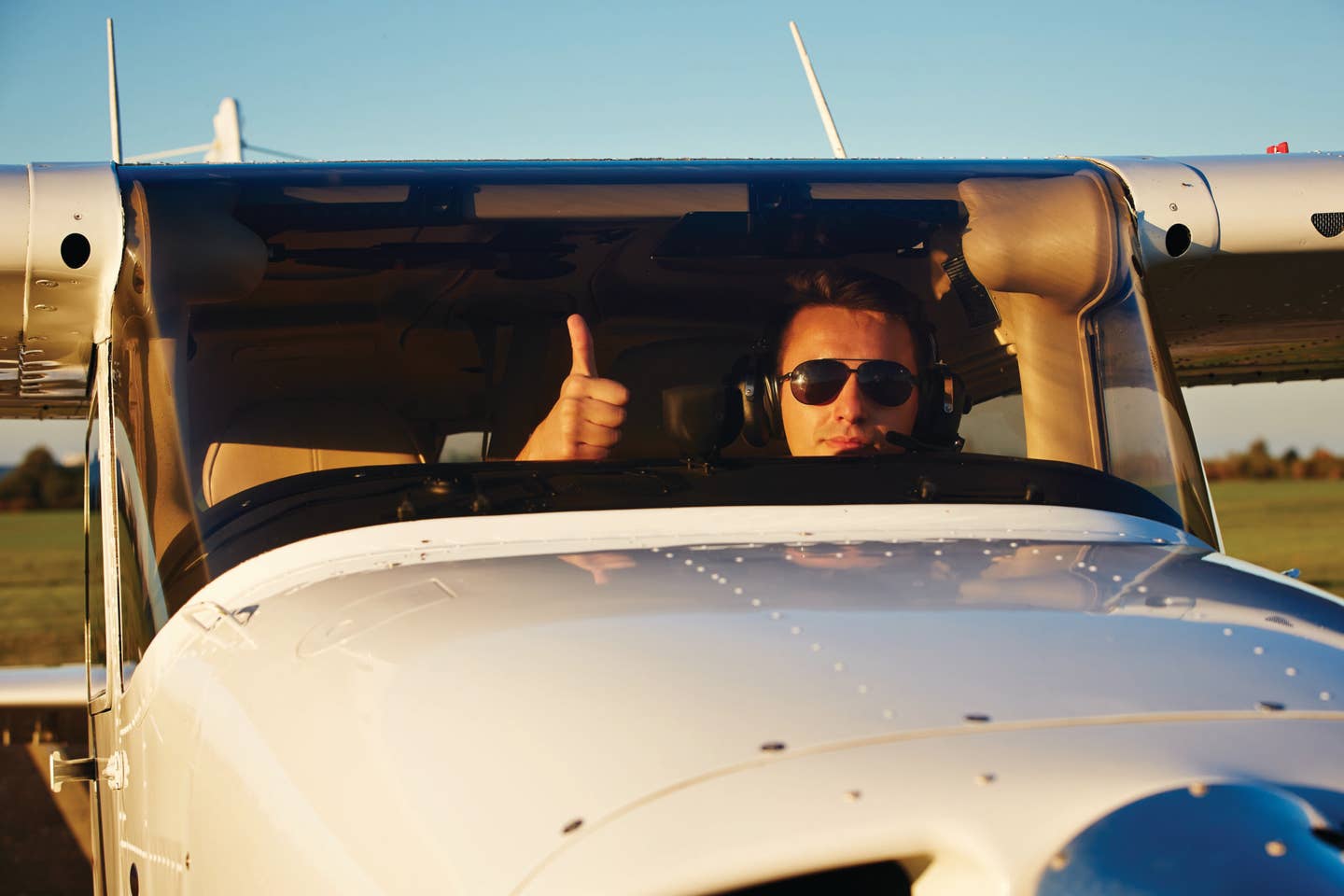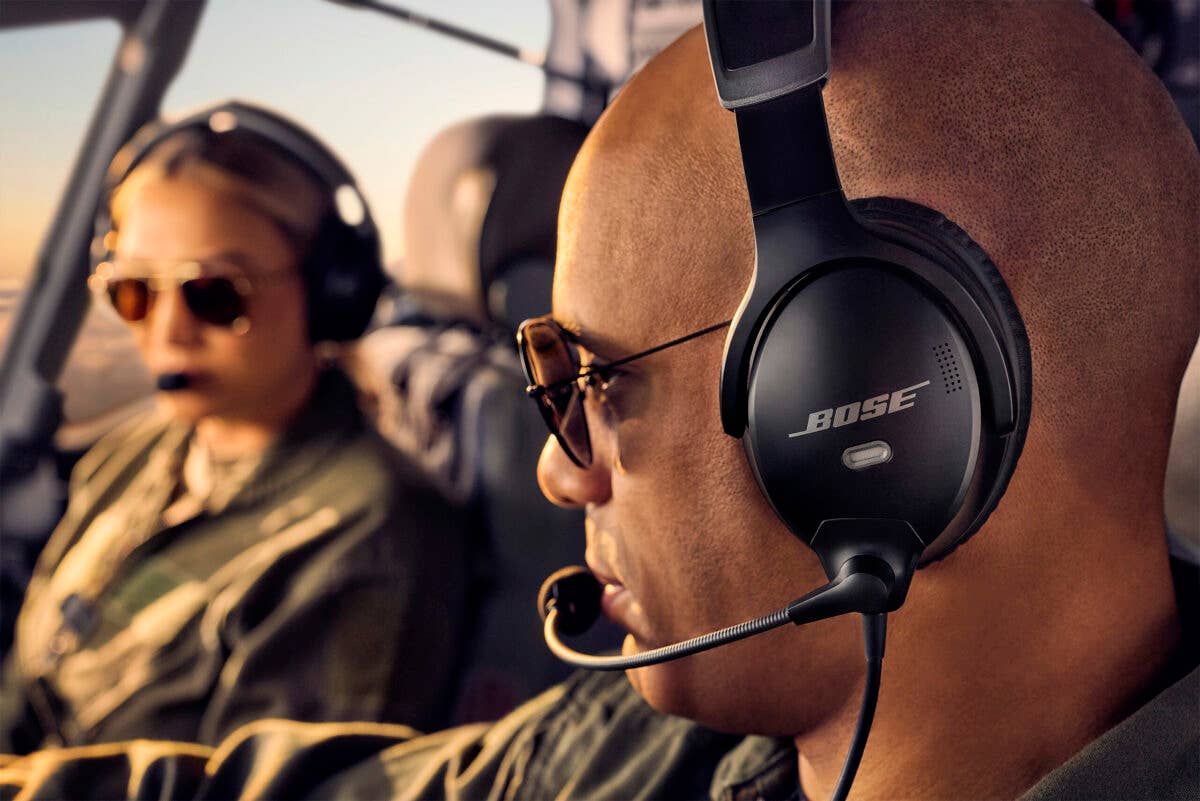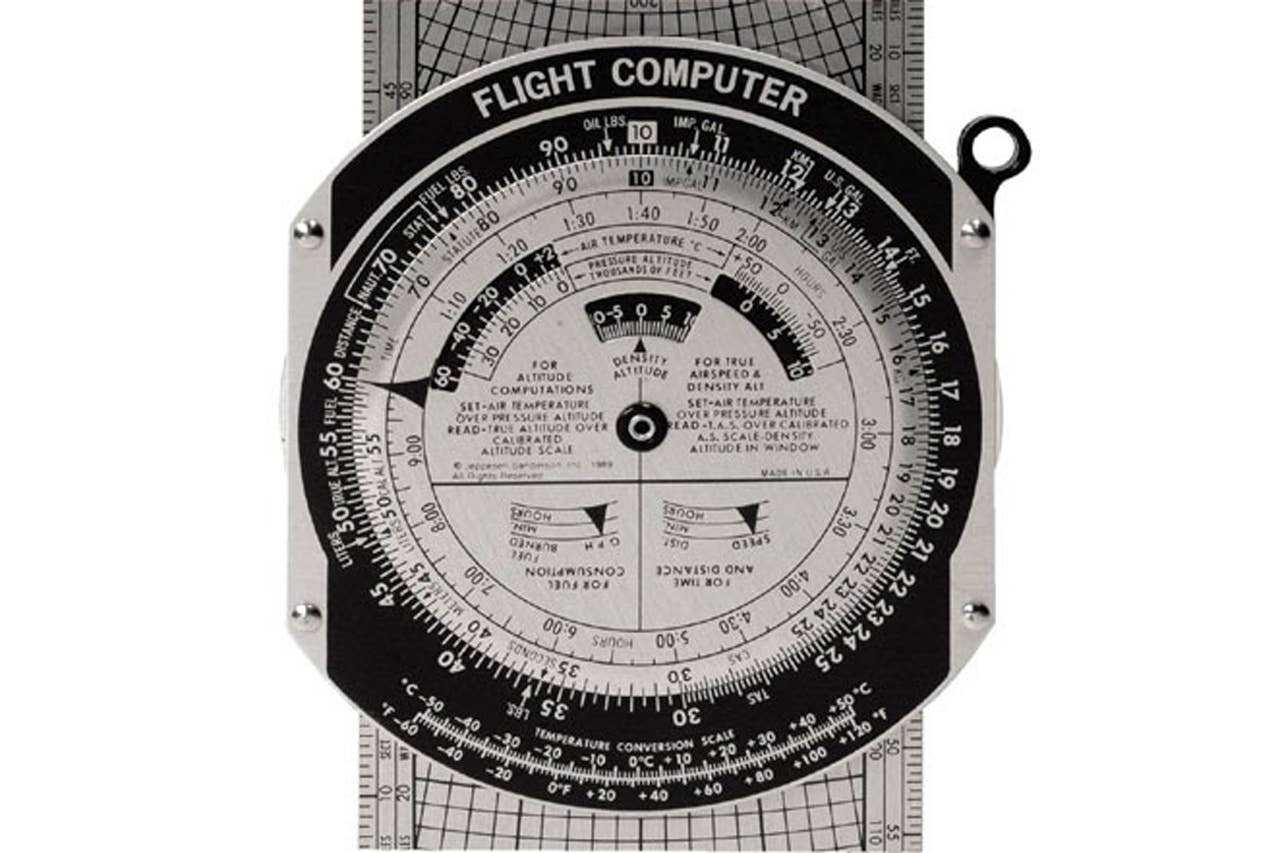
As glass panels and EFBs become more widely used today, the calculations made by your grandfather on the famed E-6B analog flight computer are now handled with small, handheld electronic flight computers, or even displayed right on your glass panel. Today’s electronic flight computers are loaded with functionality, but there is still a case to be made by many CFIs for students to first know how to run a “Whiz Wheel.”
Harness Technology for Fast Digital Flight Calculations
When you want an efficient way to calculate aviation functions such as time, speed, distance, heading, wind, fuel, altitude, cloud base, standard atmosphere, glide, climb and descent, or weight and balance, having an all-in-one electronic flight computer serves you well. The CX-3 flight computer is approved for all FAA pilot, mechanic, and dispatcher knowledge exams, and also has a holding pattern function to help determine entry method and holding details.
Lower Price Doesn’t Mean Decreased Functionality
The affordably-priced Electronic E6B Flight Computer by Sporty’s has been used by over 240,000 pilots for fast flight planning and accurate FAA test calculations and is in wide use by both student and experienced pilots. A larger keypad helps with operations during periods of turbulence as the device is used to perform 24 aviation functions and 20 aviation conversions.
Analog E-6B Never Needs Batteries
If your CFI requires that you first understand the concepts of making aviation calculations on a traditional analog circular flight computer, this E6B Metal Flight Computer serves that purpose at a very affordable price. The E-6B’s “calculator side” performs conventional slide rule procedures, and employs scales for time, speed, distance, rate, fuel consumption, altitude, airspeed, air temperature, etc. The “wind side” provides a means to solve for true wind, winds in flight, true course, ground speed, true heading and true airspeed, and other calculations. It never needs new batteries, and a USB charging cord is not included because one doesn’t exist.

Subscribe to Our Newsletter
Get the latest FLYING stories delivered directly to your inbox

